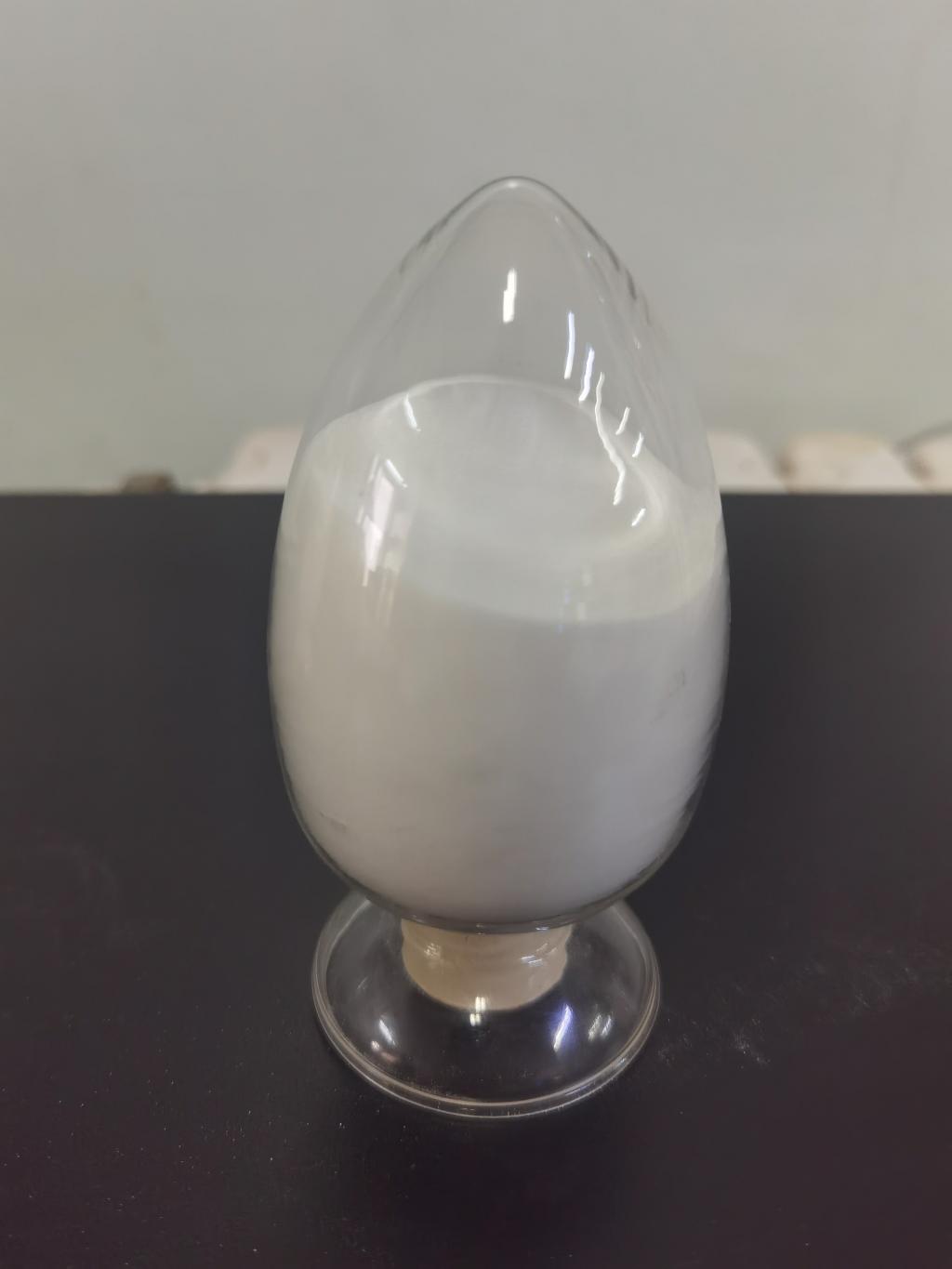Tel:+8618231198596

News
 CONTACT
CONTACT
 CONTACT
CONTACT
- Linkman:Linda Yao
- Tel: +8618231198596
- Email:linda.yao@dcpharma.cn
- Linkman:CHARLES.WANG
- Department:Overseas
- Tel: 0086 0311-85537378 0086 0311-85539701
News
Current Position:
Home >
News
>ε-Polylysine hydrochloride's biodegradability minimizes its ecological footprint.
ε-Polylysine hydrochloride's biodegradability minimizes its ecological footprint.
TIME:2024-04-02
Understanding ε-Polylysine Hydrochloride
Derived from the fermentation of Streptomyces albulus, ε-polylysine hydrochloride is a biopolymer composed of multiple lysine units linked together in a chain-like structure. This water-soluble polymer exhibits excellent biocompatibility and antimicrobial properties, making it suitable for a wide range of applications in industries such as healthcare, food, agriculture, cosmetics, and environmental remediation.
Biodegradability: A Key Sustainability Factor
One of the most significant advantages of ε-polylysine hydrochloride from a sustainability standpoint is its biodegradability. Biodegradability refers to the ability of a material to be broken down by natural processes, such as microbial action, into harmless substances that can be assimilated by the environment. ε-Polylysine hydrochloride is readily biodegradable under various environmental conditions, making it a preferable choice for applications where minimizing environmental impact is a priority.
Applications in Promoting Sustainability
ε-Polylysine hydrochloride offers several applications that align with sustainability goals across industries:
Biodegradable packaging: ε-Polylysine hydrochloride-based materials can be utilized in the development of biodegradable packaging solutions for food and consumer products. These materials offer an environmentally friendly alternative to traditional plastics, reducing the reliance on non-renewable resources and mitigating plastic pollution.
Sustainable agriculture: In agriculture, ε-Polylysine hydrochloride can be incorporated into biodegradable mulch films and soil amendments to enhance soil fertility and crop yield while minimizing environmental impact. Its biodegradability ensures that it breaks down harmlessly in the soil after use, reducing plastic waste in agricultural ecosystems.
Green cosmetics and personal care products: ε-Polylysine hydrochloride can be used in the formulation of green cosmetics and personal care products, replacing synthetic additives and preservatives with a natural and biodegradable alternative. This contributes to reducing the environmental footprint of these products while meeting consumer demand for sustainable and eco-friendly options.
Environmental remediation: ε-Polylysine hydrochloride-based materials have potential applications in environmental remediation, such as the removal of heavy metals and organic pollutants from soil and water. Its biodegradability ensures that it can be safely applied in natural ecosystems without causing long-term environmental harm.
Challenges and Considerations
While ε-Polylysine hydrochloride holds promise as a sustainable material, there are challenges and considerations that need to be addressed:
Optimization of properties: Efforts are needed to optimize the properties of ε-Polylysine hydrochloride-based materials to meet the specific requirements of different applications, such as mechanical strength, thermal stability, and biodegradation rate.
Cost-effectiveness: The cost-effectiveness of ε-Polylysine hydrochloride-based materials compared to conventional materials may influence their widespread adoption in various industries. Research and development efforts are aimed at reducing production costs and improving process efficiency to make ε-Polylysine hydrochloride more economically viable.
Regulatory approval: Regulatory approval and certification may be required for ε-Polylysine hydrochloride-based products to ensure their safety, efficacy, and compliance with environmental regulations. Collaboration between industry stakeholders and regulatory agencies is essential to facilitate market acceptance and commercialization.
Conclusion
ε-Polylysine hydrochloride offers a sustainable solution for addressing various industrial needs while minimizing environmental impact. Its biodegradability, coupled with its versatile properties, makes it an attractive choice for applications across industries, from packaging and agriculture to cosmetics and environmental remediation. By harnessing the potential of ε-Polylysine hydrochloride, we can move towards a greener future, where sustainable materials play a central role in promoting environmental stewardship and preserving the health of our planet for future generations.
- Tel:+8618231198596
- Whatsapp:18231198596
- Chat With Skype







